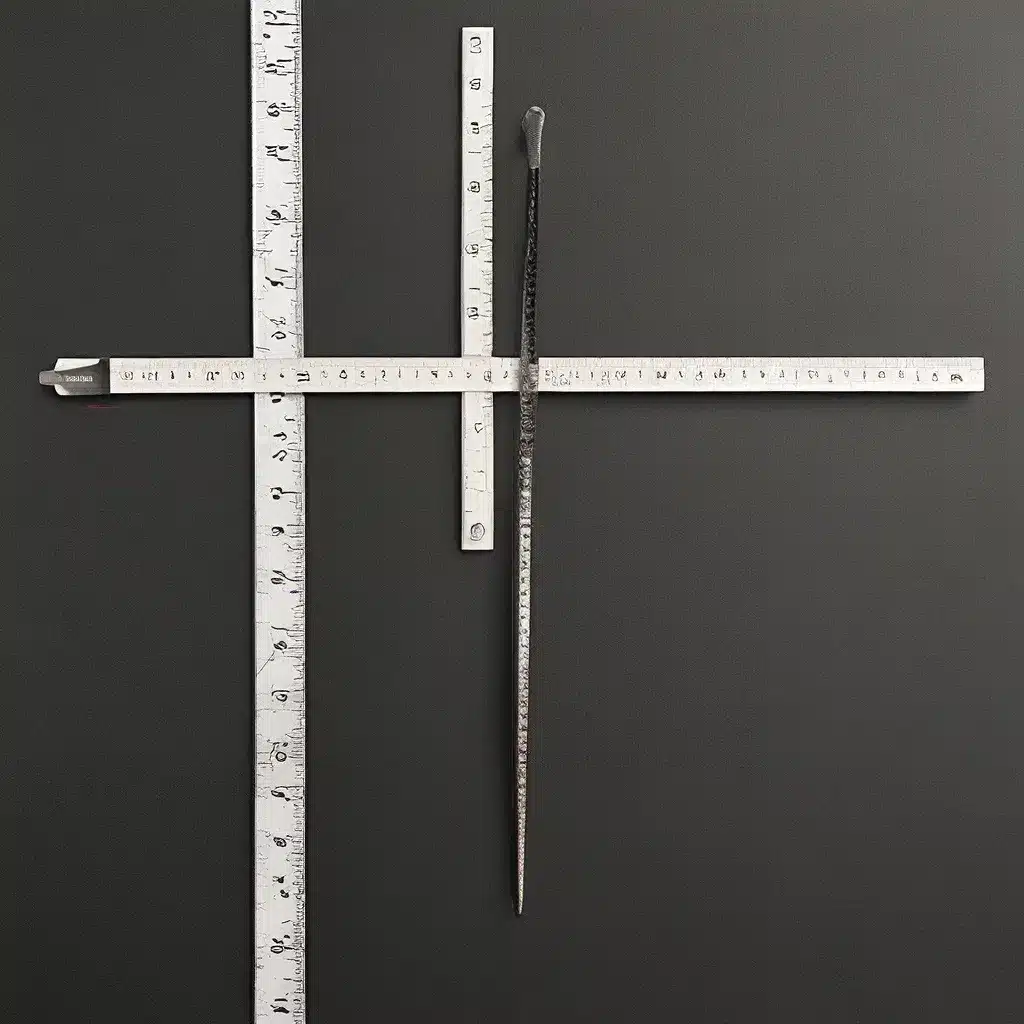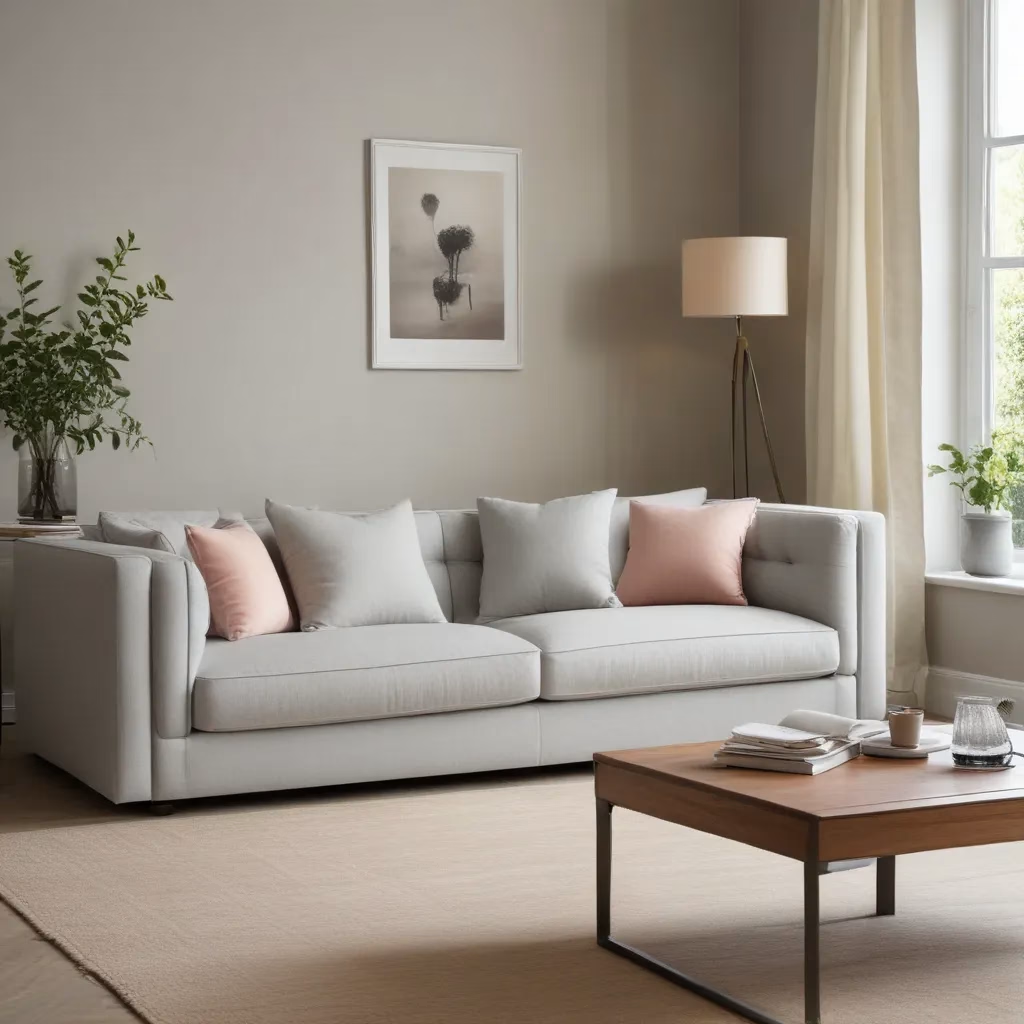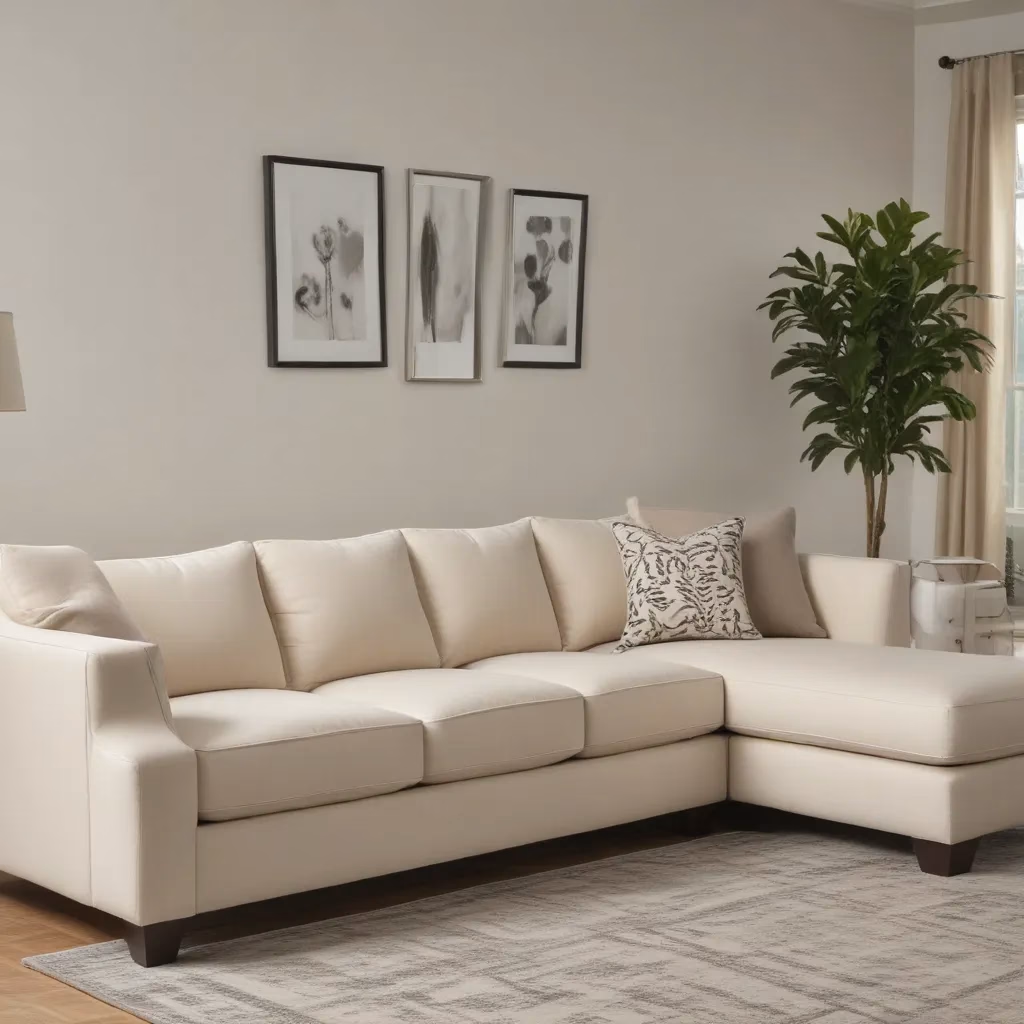
The Sofa Saga: Why Putting Measurement Before Design is Key to Transformational Impact
Have you ever found yourself in the middle of a home makeover, pouring over fabric swatches and paint chips, only to realize your carefully curated vision doesn’t quite fit the space? It’s a common dilemma, one that can lead to frustration, wasted time and money. The same principle applies when it comes to creating an impactful experience for your customers – whether that’s updating your product lines, revamping your website, or enhancing your in-store experience.
As the founder of Sofas Spectacular, a custom sofa company in the UK, I’ve learned the hard way that measurement must come before design. It’s a lesson that’s helped me transform my business and deliver experiences that truly resonate with my customers. Let me share my story, and why I believe “measure first, design second” should be the mantra for any company looking to drive real, sustainable change.
The Perils of Leap-Before-You-Look Design
Early on in my sofa-making journey, I’ll admit I was guilty of the classic “leap-before-you-look” approach. I’d get a burst of creative inspiration – a gorgeous new fabric, a sleek modern frame, an innovative storage solution – and I’d be off to the races, sketching designs and lining up suppliers before I’d even taken the time to step back and assess the bigger picture.
The result? Well, let’s just say my showroom was full of beautiful, unique pieces that customers just didn’t seem to connect with. As one LinkedIn article put it, without tying my designs to actual business metrics and key performance indicators (KPIs), I risked my creations becoming “nice-to-haves” rather than true needle-movers.
I remember one particular situation where I spent weeks designing an intricate, multi-functional sofa, only to realize it didn’t align with any of my customers’ actual needs or buying behaviors. It was a stunning piece of furniture, but it just didn’t sell. I was stuck in “prove-it” mode, scrambling to justify the time and resources I’d poured into it.
Looking back, I can see how that approach set me up for disappointment. I was so focused on crafting the “perfect” product that I forgot to step back and consider the bigger picture – what were my customers actually looking for? What pain points did they need solved? And most importantly, how could I tie my design efforts directly to the metrics that mattered most to my business?
Measure First, Design Second: The Transformative Power of Tying Design to KPIs
It was around this time that I stumbled across a game-changing piece of advice: “Measure first, design second.” The concept was simple, yet revolutionary: rather than letting my creative impulses drive the design process, I needed to start by identifying the key performance indicators (KPIs) that were most important to my business. Only then could I thoughtfully craft solutions that would truly move the needle.
At first, I’ll admit I was a bit skeptical. Didn’t that approach risk stifling my creativity? What if the metrics I chose to focus on didn’t align with what my customers really wanted? But as I dug deeper, I realized that by tying my design efforts directly to the data, I was actually setting myself up for greater long-term success.
As the article explained, businesses and teams aren’t looking for “nice-to-haves” – they want solutions that will have a measurable, bottom-line impact. By starting with the KPIs, I could ensure that every design decision I made was laser-focused on driving real, sustainable change.
So I set out on a mission to identify the metrics that mattered most to my business. I pored over sales reports, customer feedback, and industry trends, looking for patterns and opportunities. What were my best-selling products, and why? Where were customers getting stuck or frustrated in the buying process? How did my overall customer satisfaction and retention rates stack up against the competition?
Armed with this data, I was able to start crafting a strategic design roadmap that was tailored to moving the needle on the KPIs that would have the biggest impact. Rather than just designing based on my own creative whims, I was making informed, data-driven decisions that were closely aligned with the needs and behaviors of my target audience.
The Proof is in the Pudding: How Measurement-Driven Design Transformed My Business
The results were nothing short of transformative. By starting with measurement and then designing my product and customer experience initiatives around those key metrics, I was able to achieve a level of impact that had previously eluded me.
For example, one of the KPIs I identified as critical was customer satisfaction. Through my research, I discovered that a significant pain point for my customers was the difficulty of measuring their living spaces to ensure a custom sofa would fit perfectly. This was leading to a high rate of returns and exchanges, which was cutting into my profitability.
So I set out to design a solution. I developed an easy-to-use digital measuring tool that customers could access right on my website. By walking them through a step-by-step process and providing clear guidance on how to take accurate measurements, I was able to dramatically reduce the number of ill-fitting sofas and the associated hassle and costs.
Not only did this initiative have a direct, positive impact on my customer satisfaction metrics, but it also boosted my overall sales and revenue. Customers who felt confident in their measurements were more likely to complete a purchase, and they were also less likely to return the item down the line. It was a win-win.
As the article noted, tying my design efforts to specific KPIs also helped me shift from being perceived as a mere “order-taker” to a trusted business advisor. By demonstrating how my solutions were directly moving the needle on the metrics that mattered most, I was able to earn a seat at the table for strategic discussions and become a true partner in driving my company’s success.
The Measure-First Mindset: A Lesson in Agility and Resilience
Of course, the journey hasn’t always been smooth sailing. There have been times when the metrics I initially identified as crucial have shifted, or when unexpected external factors have thrown a wrench in my carefully laid plans. But you know what? That’s okay. In fact, it’s precisely why the “measure first, design second” approach has been so invaluable.
As the article pointed out, when you start with measurement, you build in a level of agility and responsiveness that is essential in today’s rapidly changing business landscape. Rather than getting stuck in “prove-it” mode, scrambling to justify decisions after the fact, I’m able to continuously monitor my KPIs, identify emerging trends, and adapt my design strategies accordingly.
It’s a mindset that has served me well, especially during the challenges of the past few years. When the COVID-19 pandemic hit and upended so much of the retail landscape, I was able to quickly pivot my focus to the metrics that mattered most in that new reality – things like online sales, virtual customer engagement, and contactless delivery. By keeping my eye on the data, I was able to make nimble, informed decisions that allowed my business to not just survive, but thrive.
Putting it all Together: Your Roadmap to Measurement-Driven Design
So, where do you begin? If you’re ready to ditch the “leap-before-you-look” approach and start putting measurement first in your design process, here are a few key steps to get you started:
-
Identify Your Key Performance Indicators (KPIs): Dig into your sales data, customer feedback, and industry trends to determine the metrics that are most critical to your business success. These could include things like revenue, customer satisfaction, website traffic, or product adoption rates.
-
Establish Benchmarks and Targets: Once you’ve identified your KPIs, take the time to establish a clear baseline for each metric. Where are you starting from? Then, set specific, measurable targets for where you want to be – whether that’s increasing revenue by 20%, boosting customer retention by 15%, or doubling website conversions.
-
Design Around the Data: With your KPIs and targets in hand, you can now start crafting your design strategies and initiatives. Ask yourself how each decision you make – from product development to marketing campaigns to in-store experiences – can be directly tied to moving the needle on your key metrics.
-
Monitor and Iterate: Remember, the work doesn’t stop once you’ve implemented your new designs. Continuously track your KPIs, identify emerging trends, and be ready to adjust your approach as needed. Agility and responsiveness are key to sustaining long-term impact.
As the article eloquently states, the real power of measurement-driven design lies in its ability to transform you from a mere “order-taker” into a true strategic partner for your business. When you can demonstrate tangible, data-backed impact, you earn a seat at the table and gain the credibility to drive real, sustainable change.
So, what are you waiting for? It’s time to ditch the gut-driven designs and embrace the measure-first mindset. Your customers – and your bottom line – will thank you.



